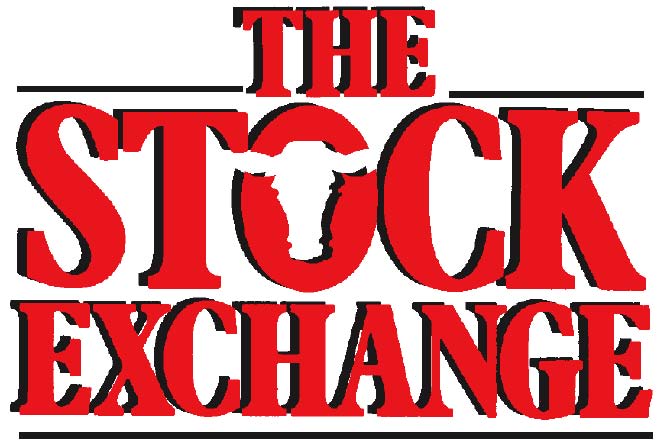Managing for Heterogeneity on Rangelands in the Nebraska Sandhills
Kayla Mollet, UNL SRMC Research Project CoordinatorMitch Stephenson, UNL Range Management Specialist Nebraska Sandhills rangeland near Hyannis, NE. Photo credit Kayla Mollet. The Nebraska Sandhills is one of the most intact grasslands in the Great Plains of North America. The topography and soil substrate of the Sandhills has limited farming development and allowed for this region to be one of the prime native working landscapes for cattle production in the United States. While…
